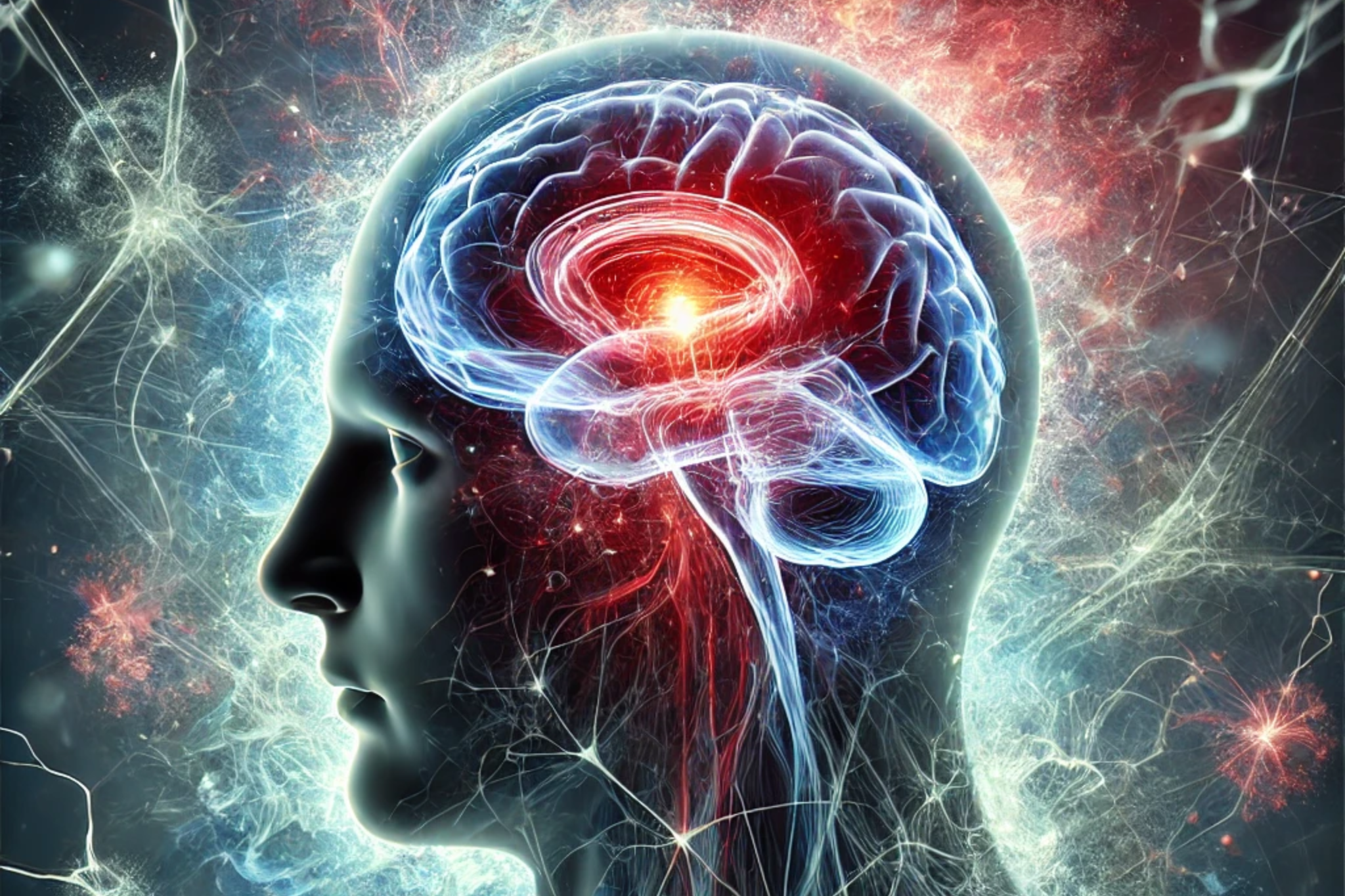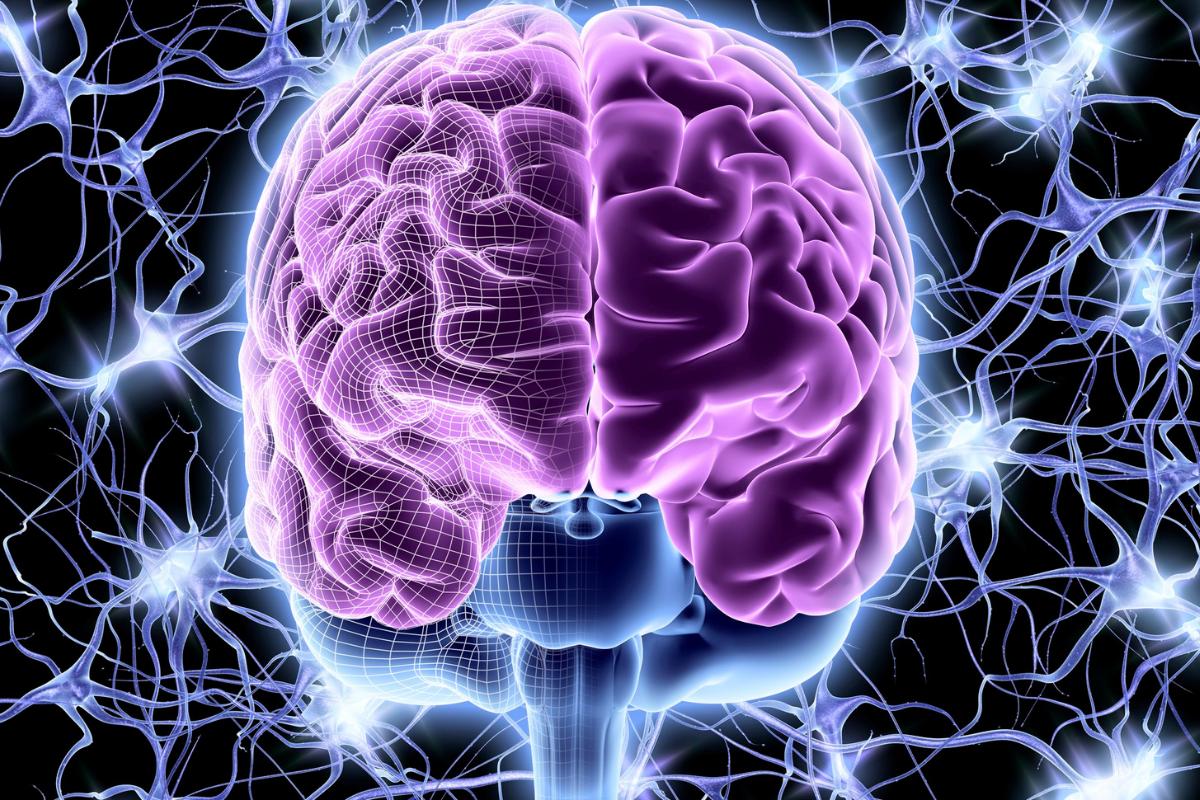By Dr. Petrus Raulino
What is Bipolar Disorder?
Bipolar disorder is a psychiatric condition characterized by depressive and manic episodes. It affects around 1% of the world's population. Studies have reported an increase in prevalence in recent years.
The diagnosis of Bipolar disorder is carried out through anamnesis (clinical history), mental examination and complementary tests (to exclude other diagnoses).
That's why it's essential to remember: if in doubt, consult your doctor.
And what is lithium?
Lithium is a first-line long-term treatment for stabilizing Bipolar Disorder, but there are patients who may not respond satisfactorily to it.
The reasons why there are patients with Bipolar Disorder who are resistant to lithium are still unclear, but new research indicates that this may be related to the activity, or lack thereof, of a gene called LEF1 (an important gene for regulating neuronal activity).
Studies on lithium and bipolar disorder
Research published online in the journal Molecular Psychiatry showed that a decrease in the expression of the LEF1 gene may be the reason why some patients with bipolar disorder do not respond to lithium.
The study found deficiencies in the expression of the LEF1 gene in patients who did not respond to treatment with lithium.
Decreased expression of the LEF1 gene not only altered normal neuronal function, but also promoted cellular hyperexcitability.
The results suggested that the gene in question may play an important role in controlling neuronal hyperexcitability and serve as a potential target for new research into drug therapy.
Further studies are needed to gain a better understanding of how these scientifically relevant findings can be translated into new therapeutic approaches.
Meanwhile, we have observed the potential of genetics as a factor that can influence the occurrence of psychiatric disorders, as well as the therapeutic response.
References
1. World Health Organization (1994). ICD-10: International Statistical Classification of Diseases. Edusp.
2. Merikangas, K. R., Jin, R., He, J. P., Kessler, R. C., Lee, S., Sampson, N. A., ... & Zarkov, Z. (2011). Prevalence and correlates of bipolar spectrum disorder in the world mental health survey initiative. Archives of general psychiatry, 68(3), 241-251.
3. Yutzy, S. H., Woofter, C. R., Abbott, C. C., Melhem, I. M., & Parish, B. S. (2012). The increasing frequency of mania and bipolar disorder: causes and potential negative impacts. The Journal of nervous and mental disease, 200(5), 380.
4. American Psychiatric Association (2014). DSM-5: Diagnostic and Statistical Manual of Mental Disorders. Artmed Editora.
5. Santos, R., Linker, S. B., Stern, S., Mendes, A. P., Shokhirev, M. N., Erikson, G., ... & Gage, F. H. (2021). Deficient LEF1 expression is associated with lithium resistance and hyperexcitability in neurons derived from bipolar disorder patients. Molecular psychiatry, 1-17.







